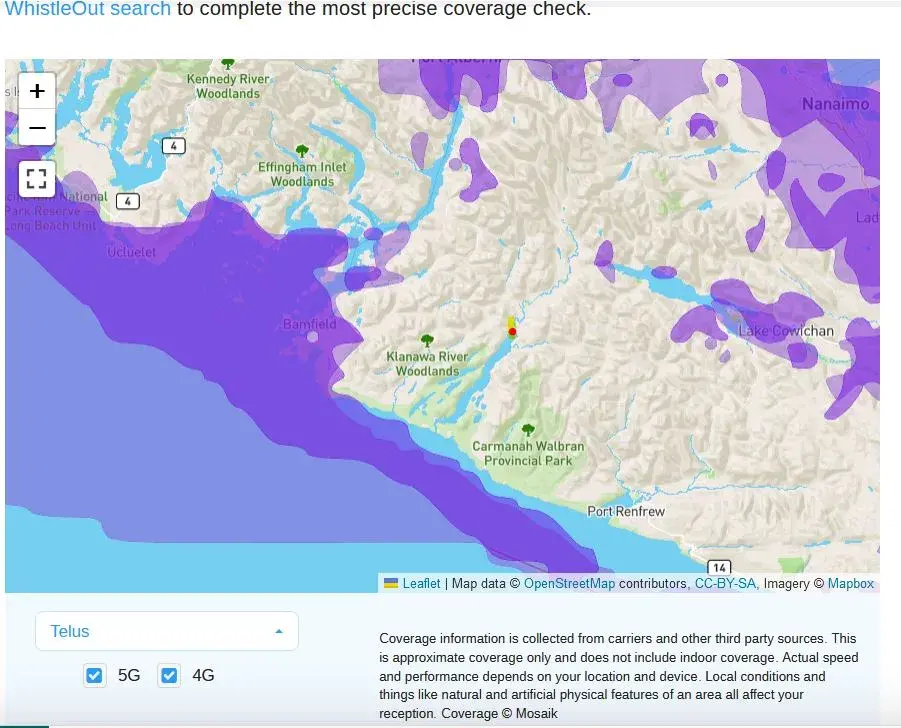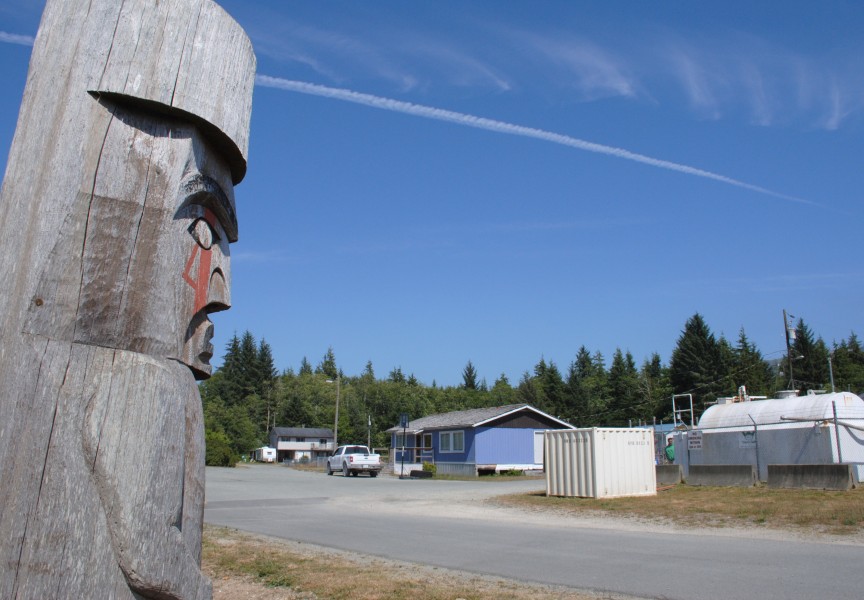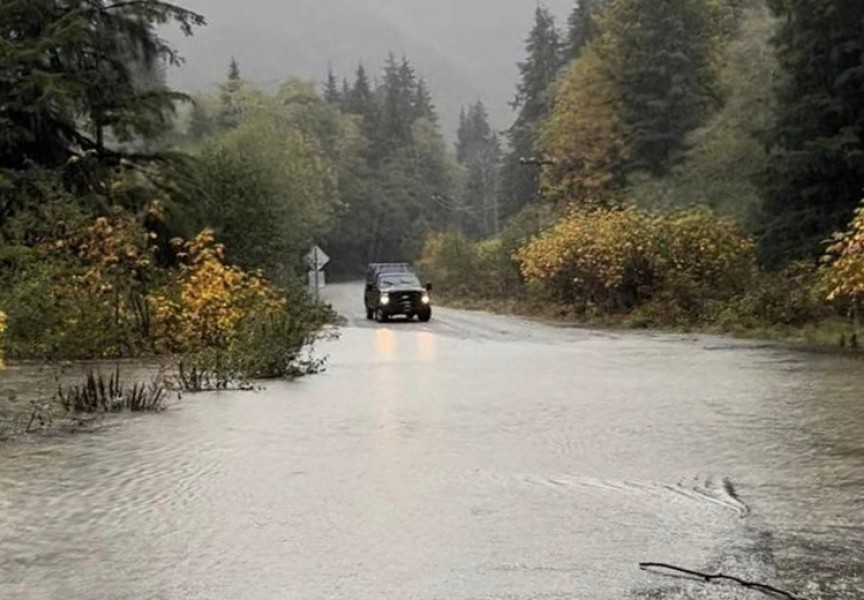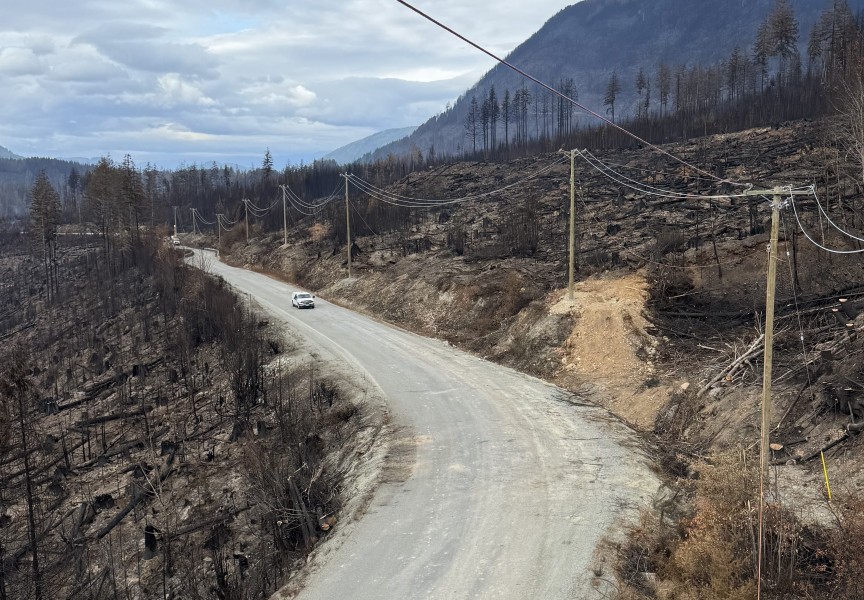After a harrowing weekend emergency that saw dozens of first responders, law enforcement and support workers pour into the Ditidaht community at Nitinaht Lake, Chief Councillor Judi Thomas is calling on the government of Canada to fulfill their commitment to bring reliable, high-speed internet and cellular service to the remote community.
Following an incident at a private home that left one man dead, Thomas said emergency responders, health services and leadership were unable to coordinate efficiently due to the lack of cellular service and the instability of the existing 500MB internet connection.
There is no cell service in Nitinaht. According to Chief Thomas, there is a cellular hotspot at the community hall at the entrance to the village.
“This incident underscores the urgent need for reliable, high-speed internet and cellular connectivity in our community,” said Thomas. “The safety, health, and well-being of our members and visitors are being compromised due to outdated and unstable digital infrastructure.”
In a statement dated October 2, the First Nation called on the Ministry of Citizens’ Services, Telus, and the Government of Canada to fulfill their commitments to bridging the digital divide in First Nations communities by ensuring reliable, high-speed internet and cellular service in Ditidaht Traditional Territory.
“Despite federal pledges to work with partners to provide access to high-speed internet that meets or exceeds the Canadian Radio-television and Telecommunications Commission (CRTC)'s universal service objective, Ditidaht remains critically underserved. The recent tragic incident involving the fatality of a young man in the community highlighted a dire need for improved communication infrastructure,” Thomas said in her statement.
Recent service maps show how isolated Nitinaht Lake is in terms of cellular coverage. The closest cellular service areas are several kilometres away, with areas around Bamfield and Cowichan Lake being the closest coverage.
For internet services, Nitinaht residents and businesses can subscribe to Xplorenet, a satellite internet service provider.
Fewer than 200 people live in Nitinaht Lake year-round but with its growing tourism industry and local population, the nation needs better connectivity, says Ditidaht.
Thomas said in her statement that Ditidaht First Nation is ready to implement cloud-based accounting and payroll systems, but the lack of reliable connectivity is hindering the community’s progress and success.
“With current internet speeds and no cellular service, critical operations are at risk of failure, further impeding the First Nation’s ability to manage essential services effectively,” she wrote.
The Government of Canada has previously stated its commitment to improving digital infrastructure in First Nations communities. Ditidaht First Nation is calling upon both the federal and provincial governments to urgently prioritize the deployment of 5G connectivity and ensure a robust network that meets the needs of the community.
“Our First Nation is ready to advance and grow, but we need the digital tools to do so,” added Thomas.
According to the provincial government, about 80.3 per cent of households on First Nation reserves and modern treaty nation lands have access to the recommended internet speeds. Through the Connecting Communities BC program, the province aims to provide all underserved households and First Nations communities with access to high-speed internet by 2027.
In March 2022, the governments of B.C. and Canada announced a partnership to invest as much as $830 million, $415 million each, toward high-speed connectivity infrastructure projects in rural and remote areas. Through the Connecting Communities BC program, the province aims to provide all underserved households and First Nations communities with access to high-speed internet by 2027. This program also fulfils a call to action in B.C.’s Declaration Act Action Plan.
According to the province, when all current projects are complete, that figure will rise to 91 per cent.








